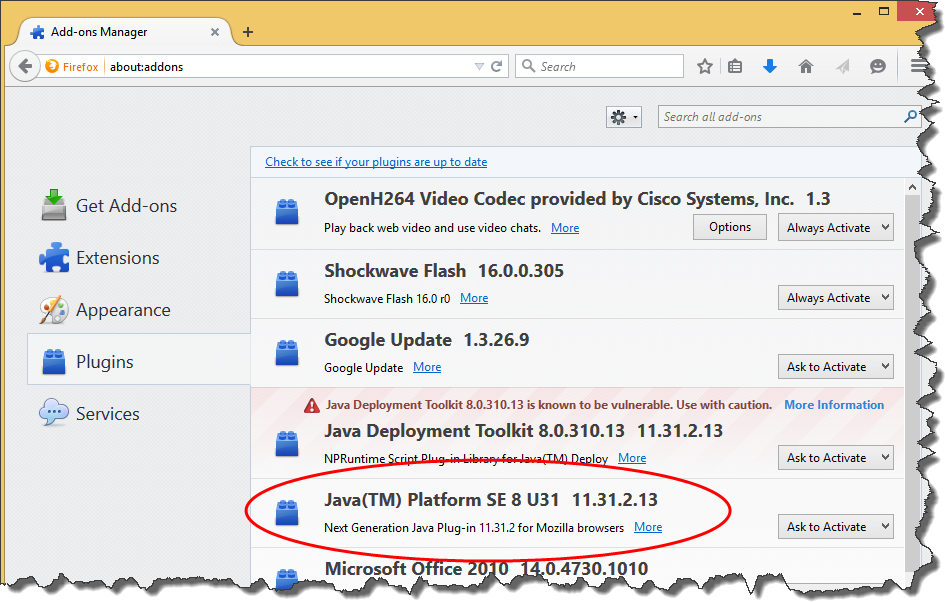Cross platform (Android, iOS, UWP) OpenGLES 2 application can be easily created in VS2015 using “OpenGLES 2 Application (Android, iOS, Windows Universal)” project template:
Category Archives: Programming languages
Combining OpenGL and XAML together in a Universal Windows App (UWP)
Visual Studio 2015 allows easily combine OpenGL graphics with XAML controls in a single window. To accomplish this task we can create a new project based on “XAML App for OpenGL ES (Universal Windows)” template:
How to multiply a value by a constant in WinRT XAML
The easiest way to accomplish this task is to use converter provided below. It is written in C++ but this convertor can be easily converted to C#:
[Windows::Foundation::Metadata::WebHostHidden]
public ref class MultiplicationConverter sealed : Windows::UI::Xaml::Data::IValueConverter
{
public:
virtual Platform::Object^ Convert(Platform::Object^ value, Windows::UI::Xaml::Interop::TypeName targetType, Platform::Object^ parameter, Platform::String^ language);
virtual Platform::Object^ ConvertBack(Platform::Object^ value, Windows::UI::Xaml::Interop::TypeName targetType, Platform::Object^ parameter, Platform::String^ language);
private:
Platform::Object^ InternalConvert(Platform::Object^ value, Platform::Object^ parameter, bool forward);
};
Using Visual Leak Detector with MS Visual Studio 2013
Go to Tools->Extensions and Updates, download and install Using Visual Leak Detector:
Create a header file, named, for example, CommonTools.h containing the following:
#pragma once #include "C:\Program Files (x86)\Visual Leak Detector\include\vld.h" #pragma comment(lib, "C:\\Program Files (x86)\\Visual Leak Detector\\lib\\Win32\\vld.lib")
Include CommonTools.h in at least one file in all the C++ projects in your solution. Build debug version of the program. Visual Leak Detector will write the information on memory leaks to Output window when the program exits.
How I fixed “error LNK2005: _DllMain@12 already defined in msvcrtd.lib”
Today I got “error LNK2005: _DllMain@12 already defined in msvcrtd.lib” while linking some C++ CLI project with MFC support in MS Visual Studio 2013. As described in A LNK2005 error occurs when the CRT library and MFC libraries are linked in the wrong order in Visual C++A LNK2005 error occurs when the CRT library and MFC libraries are linked in the wrong order in Visual C++ article, I added /verbose:lib linker option:
How to install Java Plug-in for FireFox browser on Windows
Probably it is a trivial question, but the answer is not always obvious. The main rule is to follow the right link like this: https://www.java.com/en/download/help/firefox_online_install.xml. As the result you will get:
To check if it works or not follow this link: http://java.com/en/download/installed8.jsp.
Using a WPF control in a MFC application
I’ve been working on some MFC application and to apply my WPF knowledge I added a WPF control written in C# to my MFC CView with the following code:
int CMyView::OnCreate(LPCREATESTRUCT lpCreateStruct)
{
if (CView::OnCreate(lpCreateStruct) == -1)
return -1;
try
{
gcroot<hwndsource ^> hwnd_source = gcnew HwndSource(0, WS_VISIBLE | WS_CHILD, 0, 0, 0, "HwndSource", IntPtr(m_hWnd));
MyWpfControl ^ control = gcnew MyWpfControl();
hwnd_source->RootVisual = control;
}
catch (Exception ^ ex)
{
String ^ msg = ex->Message;
}
return 0;
}
All that I needed to do is to follow the steps described in this post: How do I host WPF content in MFC Applications, fix VS2012 bug described here, and got rid of std::mutex and std::lock_guard replacing them with the following classes using typedefs:
How to debug a PHP script
It could be useful sometimes to know what variables are defined at particular point of PHP script in order to have a better understanding of the code you are debugging. In contrast with C++, PHP has a magic function get_defined_vars ( void ) that returns an array of all defined variables with their values so we can output all variable names with the following line of code:
print_r(array_keys(get_defined_vars()));
How to compile BOOST with MS Visual Studio 2010-2017
Fortunately, to compile BOOST with MS VC 2010 we need Visual Studio Command Prompt and five commands:
Navigate to BOOST directory, for example:
F: cd F:\Projects\Lib\boost_1_53_0
How to pass a Dictionary<Key, Value> from C# to PHP
I believe that the simplest way to pass complex data from C# to PHP is through WCF service. See my previous post How to implement WCF service in PHP for more details.
Let assume we have a WCF service contract that has the following method with some nested dictionary as a parameter:
[ServiceContract]
public interface IStore
{
[OperationContract]
void UpdateRows(Dictionary<int, Dictionary<string, object>> rows);
}
Below I provided the sample implementation of UpdateRows in PHP that iterates through nested dictionaries (first level called ‘rows’ and second level called ‘properties’):





